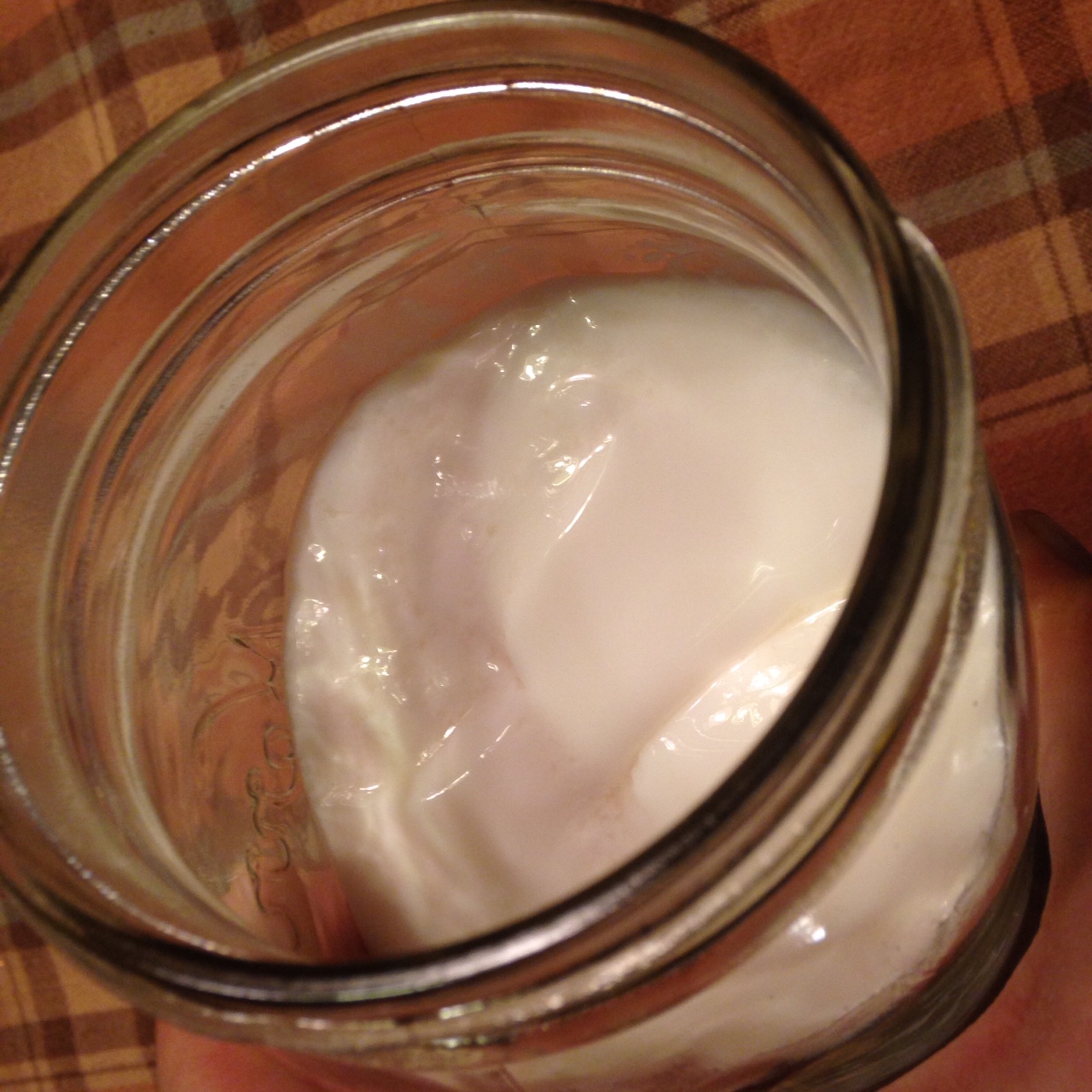Lactose-free? This Yogurt's for You!
 I am blessed to be living in a cow-share state, Colorado...a cow-share state is one where individuals can access delicious, nutritious, clean, fresh raw milk. I am also blessed to be a part of a cow-share at a biodynamic dairy farm in Boulder, Light Root Community Farm.
I am blessed to be living in a cow-share state, Colorado...a cow-share state is one where individuals can access delicious, nutritious, clean, fresh raw milk. I am also blessed to be a part of a cow-share at a biodynamic dairy farm in Boulder, Light Root Community Farm.
I was invited to teach a class on how to Culture Dairy at the farm last week. I taught those who attended the traditional techniques of making yogurt, creme fraiche, and kefir with raw milk and raw cream. I also went over the benefits of raw versus pasteurized milk and cream.
Culturing milk and cream is a very easy thing to do once you know how to do it...and there are a myriad of benefits to doing so. Even organic liquid milk can be hard for the body to digest because of the presence of lactose, a milk sugar, and casein, a milk protein. Culturing milk or cream will predigest the lactose and the casein for you, which will make yogurt, creme fraiche, and kefir easy on your digestive system.
Cultured dairy products are a large part of the GAPS (Gut and Psychology SyndromeTM) diet...because they are easy on the digestive system and contribute beneficial bacteria to the digestive tract, as well as live enzymes and soothing lactic acid. Many people who have dairy "sensitivities" and allergies, or "lactose intolerance" stay away from dairy because they think that they cannot tolerate them. But they need not do so. All cultured dairy...all yogurt, all creme fraiche, all kefir...was meant to be free of lactose...and you can make your own at home, with ease.
The quality of being free of lactose is achieved by doing what I call "culturing long". The vast majority of yogurt or other cultured dairy products that are commercially available are not cultured for a length of time required to ensure that the lactose is pre-digested by the lactic acid producing bacteria, or lacto-bacilli. I learned this when I started teaching others about the GAPS diet, and the Dairy Introduction Protocol of the GAPS diet, i.e., when I was looking for a "therapeutic grade" yogurt for my clients and students. Easy peasy. Just allow your milk or cream to culture at 110 degrees F for a minimum of 24 hours. (I like to suggest that folks allow the culturing to go on for 36 hours or so.) Once you do this, viola'! Lactose-free cultured dairy products! Yes, you, too, can eat yogurt (or creme fraiche, or kefir) again!
Here's a quick recipe for RAW yogurt. Note that if you choose to use pasteurized milk, you MUST heat it first to 180 degrees F and then cool it to 110 degrees F prior to culturing, in order to kill off anything that may be growing in the milk that was sterilized (pasteurized). Also, be sure to use the highest quality pasteurized milk available: organic, whole, non-homogenized, no fillers, from pastured cows if possible, never UHT.
Yogurt
1 quart raw milk
1/3 cup or more yogurt, whey or starter
- Pour milk into a heavy sauce pot. Slowly heat milk to 110 degrees F on the stove. (A digital thermometer makes it easy to track the temperature.) When it reaches the desired temperature, pour the milk quickly into a thermos and hold for 24 hours-36 hours. (Here is a thermos which will do so, and a canning funnel that will help you pour it with ease.) Alternatively, you may also use an electric plate, dehydrator, or a gas stove with pilot light on only.
- If you have a yogurt maker, stir and place in yogurt maker for 24 hours. Then place in glass jar and refrigerate.
Learn more about the benefits of cultured dairy and more culturing techniques in my latest book! It is available as an ebook, a pdf, and a print edition: Cooking Techniques for the Gut and Psychology Syndrome Diet, Part II: Culturing Dairy.
More about biodynamic farming and biodynamic dairy farming
More about Light Root Community Farm
More about Raw Milk
More about the GAPS Diet and how diet can heal your leaky gut and the symptoms that come with it
Until next time, enjoy!